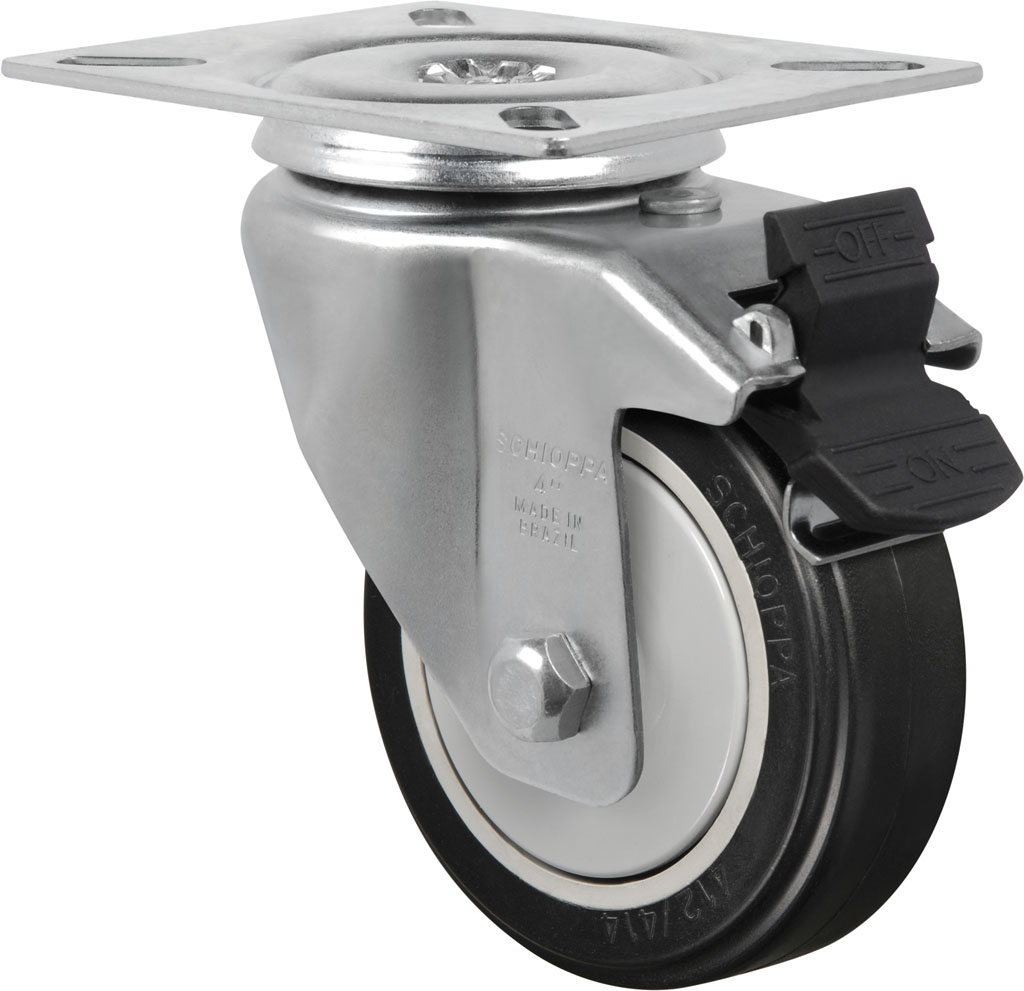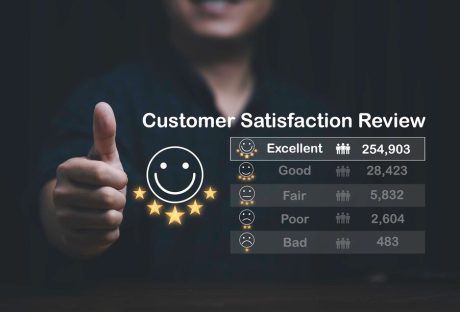When you’re in the business of making and selling shoes, the reliability of the product you stamp your brand’s logo on relies majorly upon the quality of the shoes and how they are manufactured. Once you have the design of your shoe ready to go, finding a manufacturer that will rise to the task of modeling the shoe precisely from your design is one of the most important undertakings. Below, leading footwear manufacturer, HS Footwear Co. lists five things to look out for when choosing a footwear manufacturing company:
1. Price:
As with all business, profitability is one of the most important aspects to pay attention to. Look at the minimum order quantity (MOQ) requirement that the supplier has. MOQs for footwear can be distributed between order, color, material, style or size of the shoes. They can range from anywhere between 1,000 pieces to 100,000 pieces per order. MOQs for the footwear industry tend to be higher than most other industries.
2. Regulations:
Making sure that the manufacturing company is compliant with the footwear regulations in the country its factories are in is important when regulating the quality of your product. Product regulations include the general safety of your marketable product, labeling requirements, and chemical regulations.
3. Type of Shoes:
Some manufacturing companies only manufacture custom, built-from-scratch shoes while others only manufacture large private labels that already have basic product designs in the rotation. When choosing the right supplier for your shoes, it is essential to choose the right company for your shoes- whether they are athletic or dress shoes or stilettos or flip flops.
4. Reliability:
The key to any business is having a reliable supplier. Going through the history of sales with the shoe manufacturer and accessing if their deliverables were met on time is of paramount importance. Sometimes reliability is based on how large your order is with the company or the size of the manufacturing company itself. You may get more attention if you place a large order with a small company, but you may have more reliability from a large company that has ample facilities to deliver on the agreed-upon date.
5. Location:
When looking for the right manufacturing company for your shoe brand, location can play a big part in the decision. From cost issues to delivery dates, everything is impacted by location. If you decide to choose a supplier who is located internationally, it would prudent to research freight policies and taxes imposed upon your product by the respective country. Typically, international footwear manufacturing companies are well versed in exporting products and negotiating shipping terms with them may lead to overall cost savings.
Shoes are a necessity for people around the world and manufacturing shoes has become an international business. Ultimately when you are looking for a shoe manufacturer, price, regulations, the type of shoes you want to sell, reliability and location are things to definitely consider.
Read Also:























